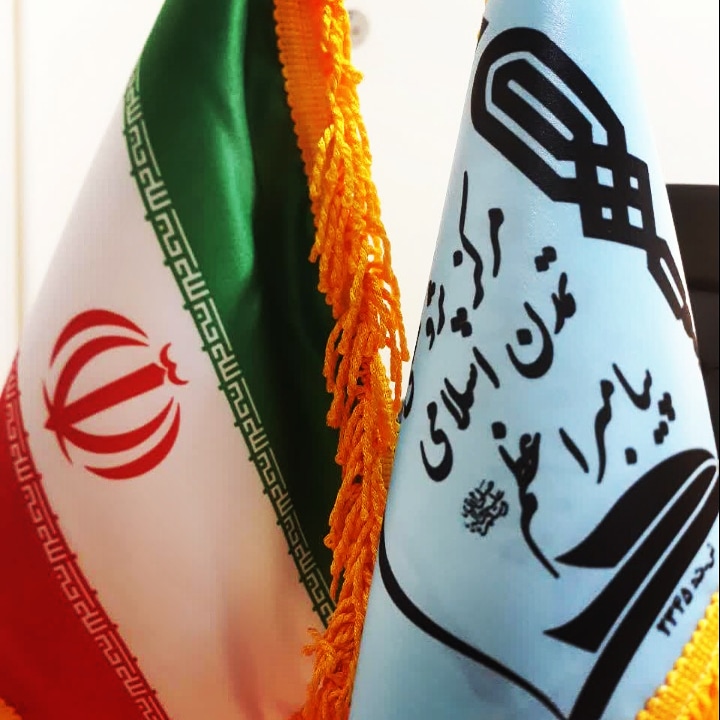نوع مقاله : مقاله ترویجی
نویسندگان
1 دانشجوی دکتری گروه باستانشناسی، دانشکده حفاظت و مرمت، دانشگاه هنر اصفهان، اصفهان، ایران.
2 دانشجوی دکتری گروه باستانشناسی، دانشکده هنر و معماری، دانشگاه مازندران، بابلسر، ایران
3 دانشیار گروه باستانشناسی، دانشکده هنر، دانشگاه بیرجند، بیرجند، ایران
چکیده
امپراتوری ژاپن در قرن نوزدهم میلادی با فشار امپریالیسم و بنابر تحولات نو شینتویی با انقلاب ملی-اشرافی میجی از انزوا به کل خارج شد و شروع به انجام روند مدرنیزم کرد. یکی از اقتضاهای مدرنیزم جهانی شدن و شناخت ملل و مردم عالم است از این روی به مرور، مخصوصاً پس از شکل گیری اندیشه پان آسیایی، مطالعات اسلامی نیز در این کشور آغاز شدند. خیلی زود پان آسیاییسم با ملی گرایی افراطی ژاپنی ادغام شد و اندیشه هاکّوایچیو که افراطیترین شکل آن بود توسط نظامیون غالب گردید. دادههای اصلی این پژوهش را مقالات و تحقیقات ژاپنی ها در دوران هاکّوایچیو تشکیل میدهد، همچنین رویکرد مورد استفاده در این پژوهش، قرن نوزدهم شناسی ملی-جهانی است که تاکید بر برهم کنشها و ماهیت فرهنگ بومی دارد. پرسش مقاله حاضر این است که مطالعات اسلامی از منظر هاکّوایچیو طی سالهای 1926-1945م./ 1304-1323هـ.ش. چطور ایجاد شد و چه روندی را طی نمود؟ برآیند این پژوهش این است که به اقتضای شرایط سیاسی ژاپن که به قدرت اقتصادی آن متصل بود بی تفاوتی نسبت به جهان اسلام جای خود را به سرمایه گذاری های کلان نه فقط برای مطالعه این خطه بلکه جلب حمایت مسلمانان داد تا هدف ایجاد سنخیت بین ارزشهای اسلامی و ژاپنی را دنبال کنند.
کلیدواژهها
موضوعات
عنوان مقاله [English]
Hakkoichiu or National-Pan Asiaism of Japan and it's Influence on the Islamic Studies from 1926 to 1945
نویسندگان [English]
- seyed benyamin keshavarz 1
- Muhammad Amin Saadat Mehr 2
- ali zareie 3
1 Ph.D. Student Archaeological Department, Faculty of Conservation and Restoration, Art University of Isfahan, Isfahan, Iran.
2 Ph.D. Student Archaeological Department, Faculty of Arts and Architecture, University of Mazandaran, Babolsar, Iran
3 Associate Professor Archaeological Department, Faculty of Arts, University of Birjand, Birjand, Iran
چکیده [English]
In the 19th century, under the pressure of imperialism and due to the neo-Shinto developments along with the national-aristocracy revolution of Meiji, the empire of Japan came out of isolation and began to carry out the process of modernization. One of the requirements of modernism is globalization and knowledge of the nations and peoples around the world. From this point of view, especially after the formation of pan-Asian ideology, Islamic studies also started in this country. Pan-Asiaism soon merged with extreme Japanese nationalism, and the idea of Hakkoichiu, which was its most extreme form, was dominated by the military. The main data of this research are the articles and research of Japanese people during the Hakkoichiu era, also the approach used in this research is the 19th-century national-global studies that emphasize the interactions and the nature of native culture. The question of the present article is that How Islamic studies from the perspective of Hakkoichiu during the years 1926-1945 was created and what process did it go through? The result of this research is that due to the political conditions of Japan, which was connected to its economic power, indifference towards the Islamic world gave way to large investments not only to study this region but also to attract the support of Muslims to create harmony between Islamic and Japanese values.
کلیدواژهها [English]
- Japan
- Islamic studies
- Hakkoichiu
- Nationalism

